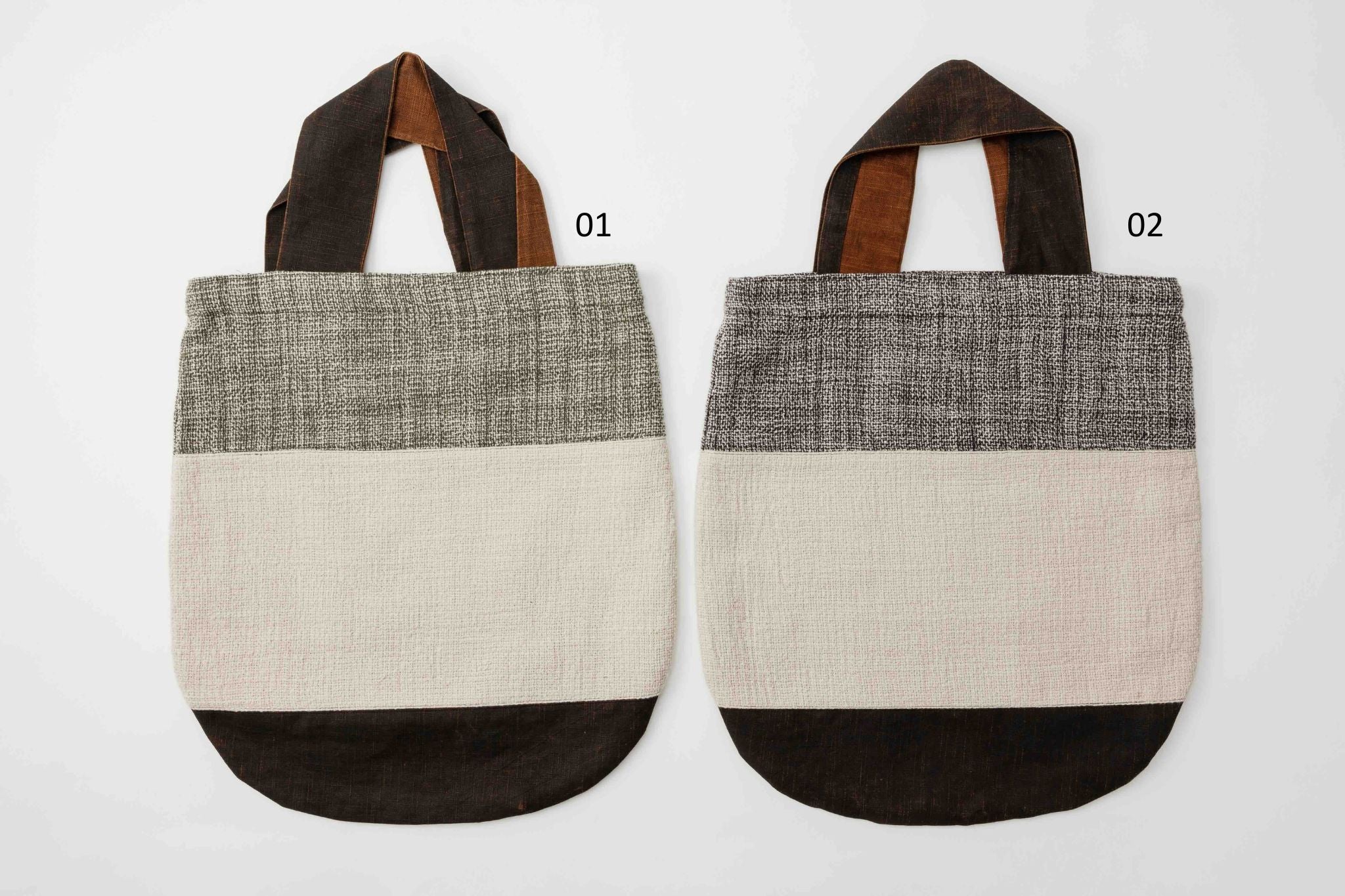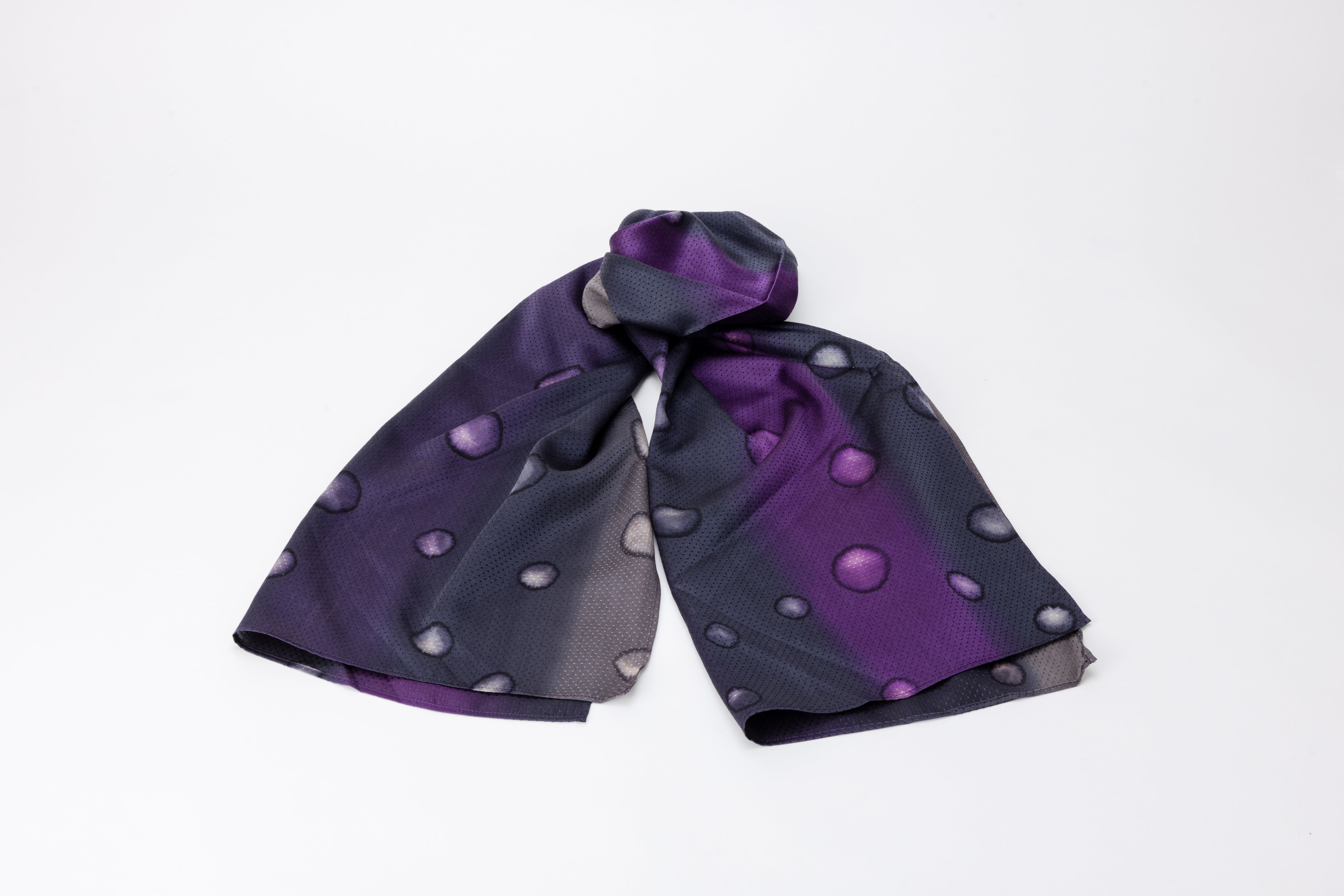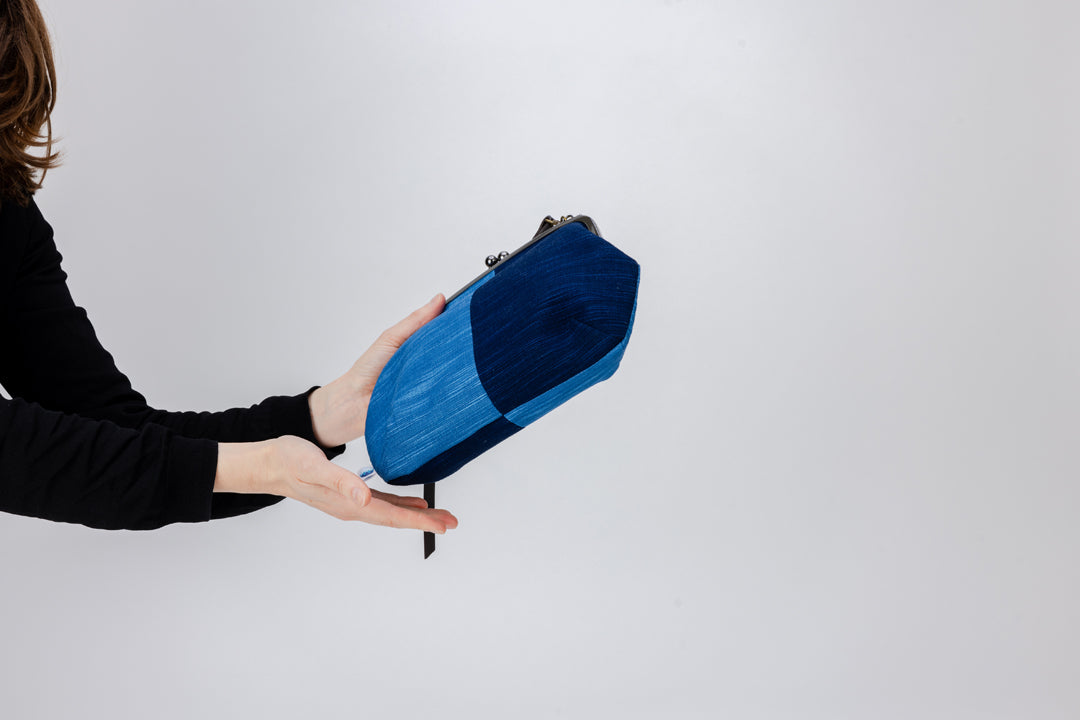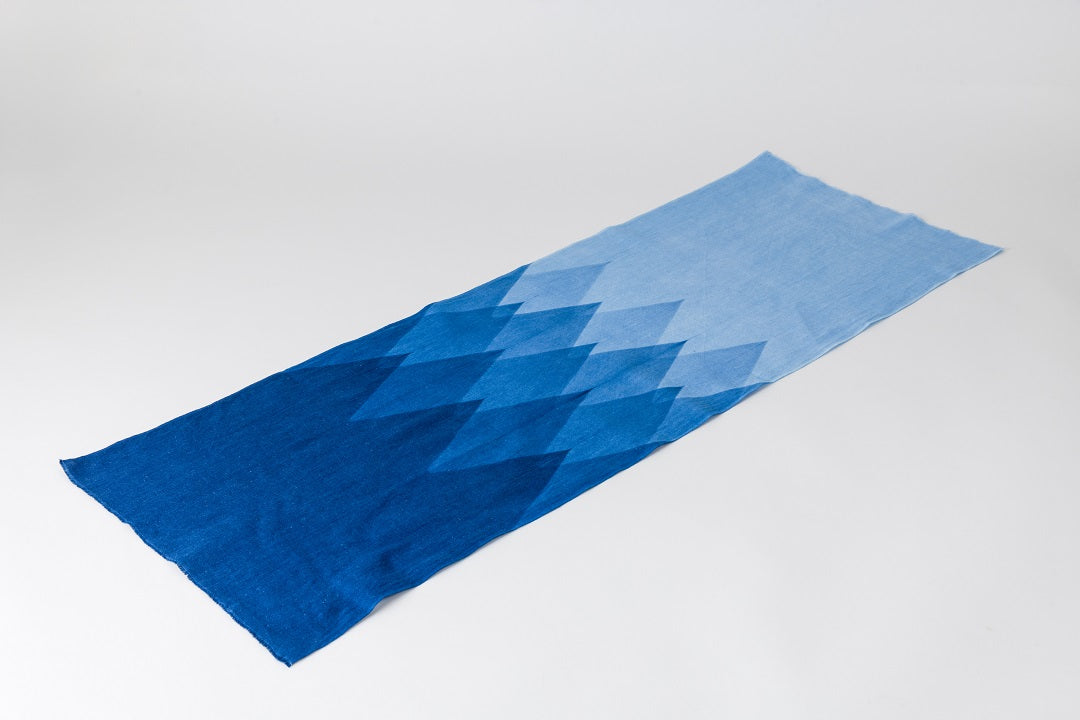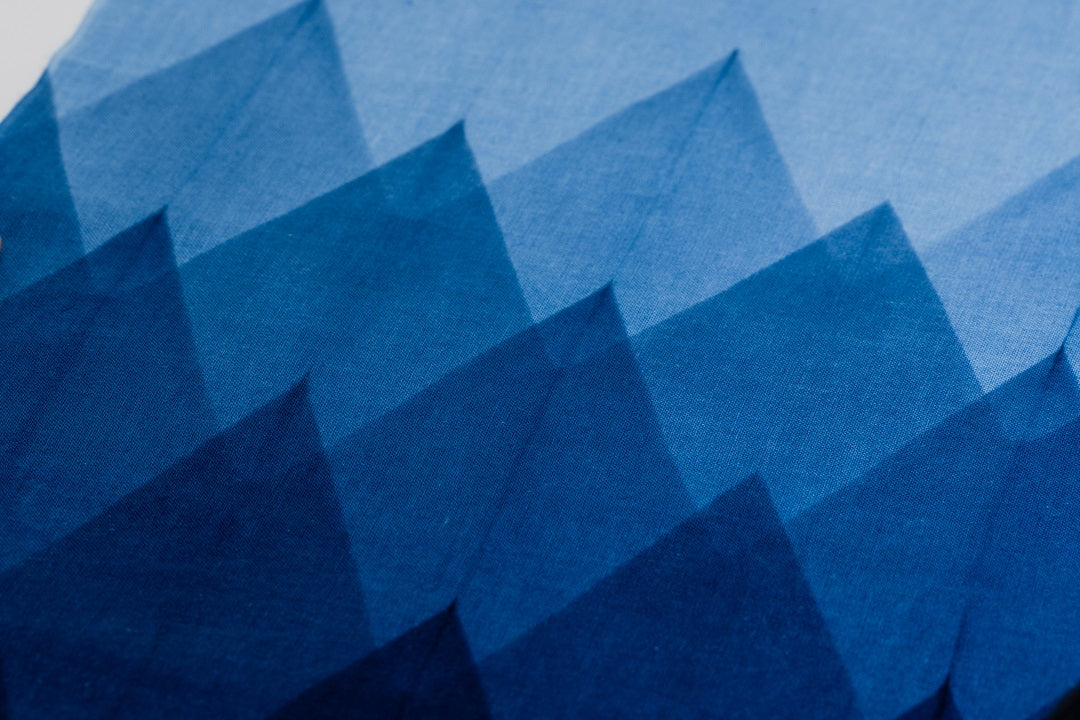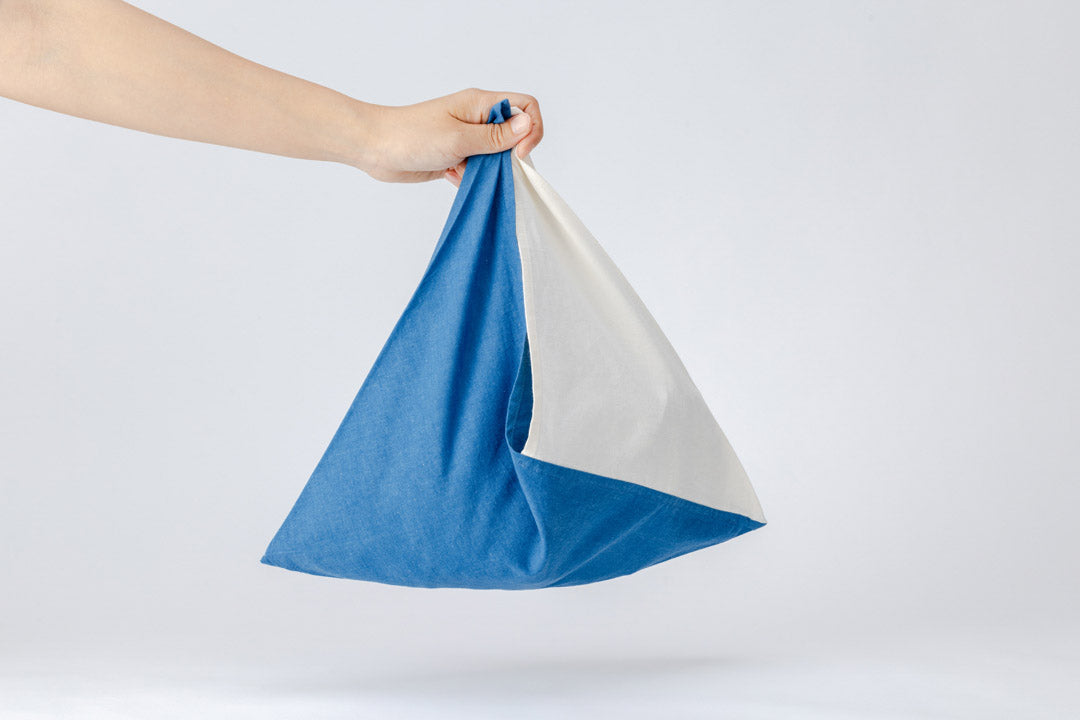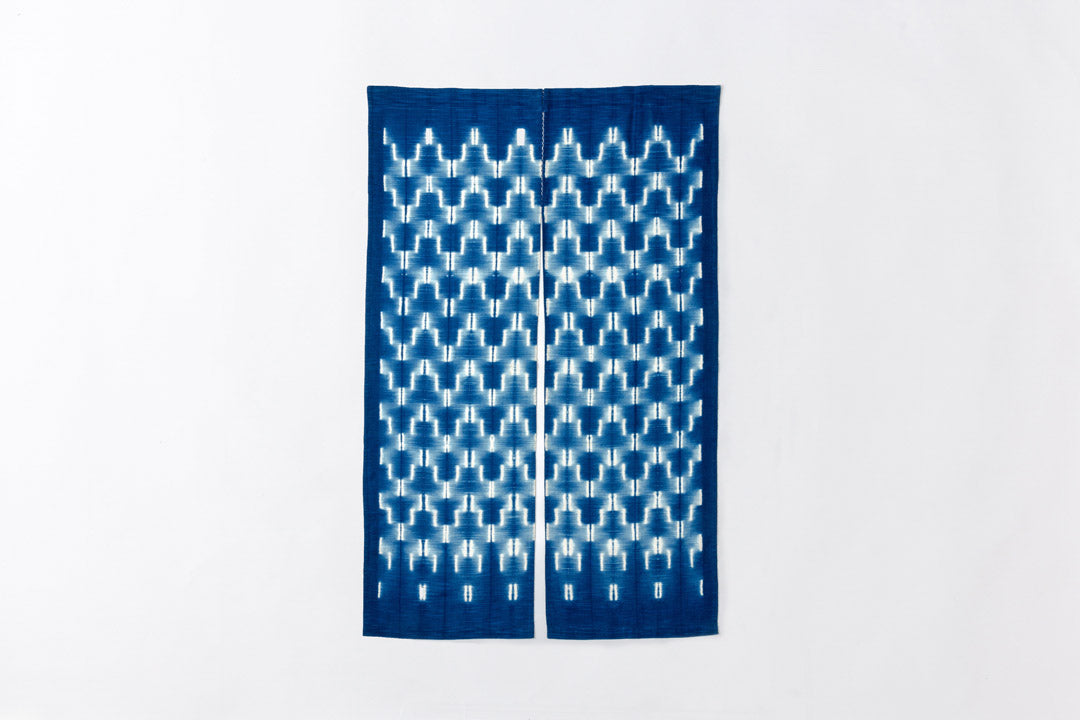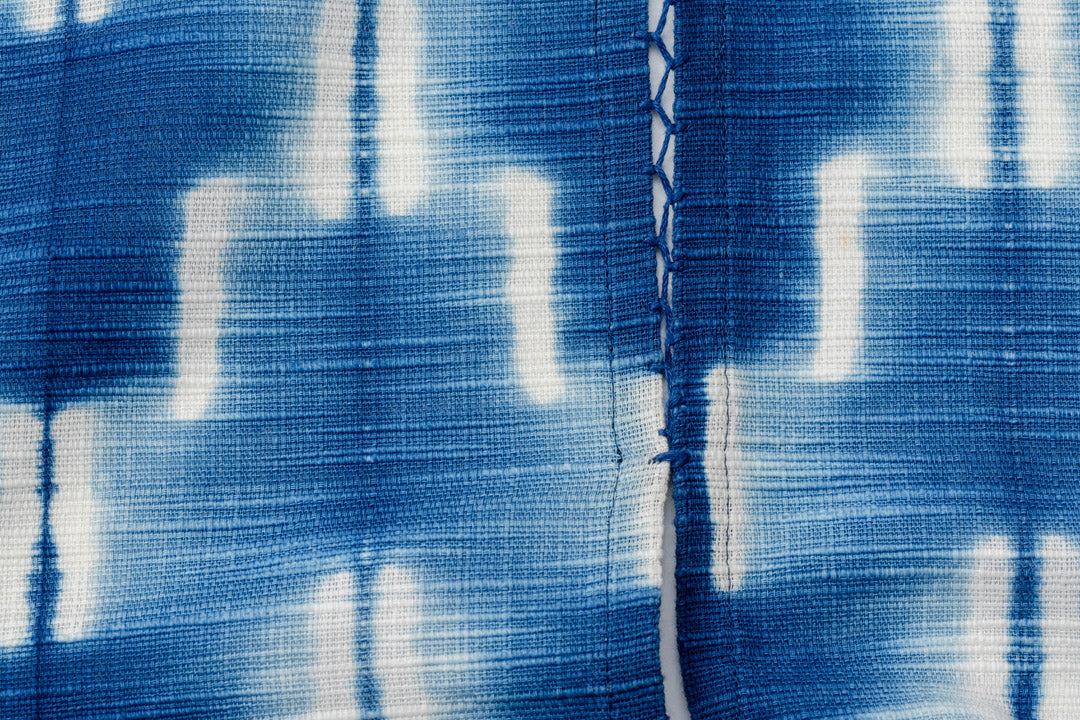In Yazu Town, located in eastern Tottori Prefecture, the sight of bright orange Saijo persimmons ripening and being harvested can be seen all around in autumn. "Kakishibu" (persimmon tannin) has long been an essential natural dye in Japanese daily life. The tannin content provides waterproofing, mold resistance, insect repellent, and deodorizing properties. When applied to fabrics, Japanese paper, or wood, it strengthens the material. In the past, it was commonly used for making Japanese umbrellas, rain covers, stencils for dyeing, and storage goods.

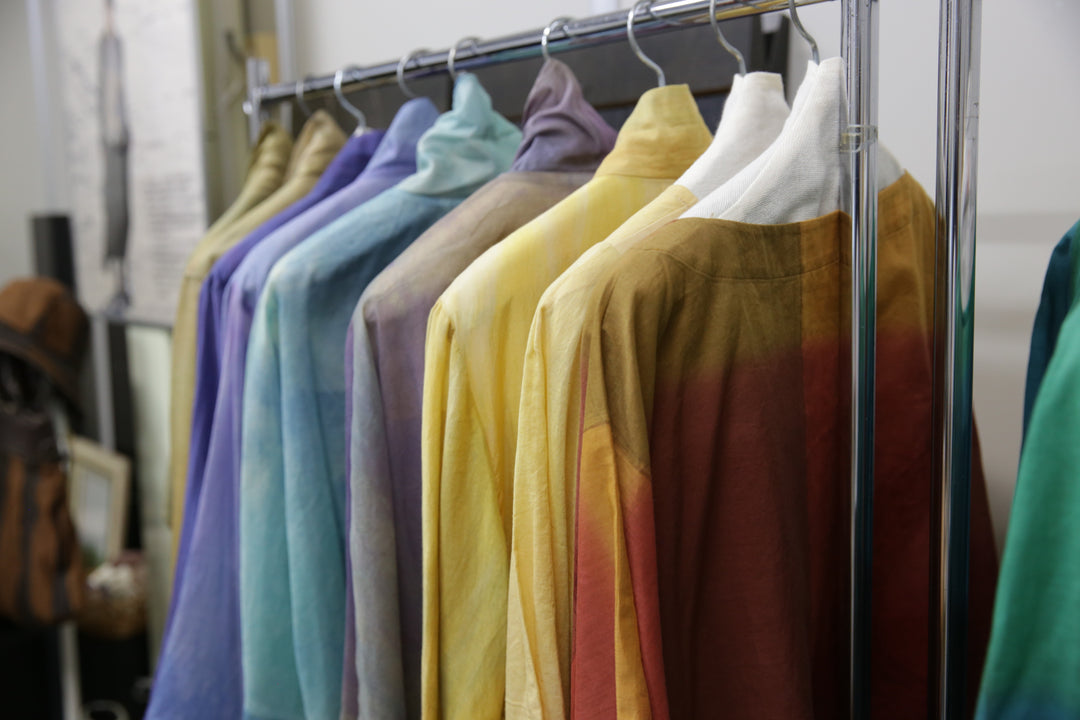
Shinobu Morita, the designer of "Shinobu," is a painter from Yazu Town. Driven by the desire to create products using local materials, she experimented and eventually developed a line of clothing dyed with kakishibu. The fabric is all domestically sourced, and the dyeing is done entirely by hand by kimono dyeing craftsmen. The process brings out the unique depth, texture, and sheen characteristic of kakishibu dye, showcasing the beauty of this traditional technique.
Tottori’s Saijo persimmons, a specialty of the region, are rich in tannin and are too astringent to eat as-is. Once harvested, they are peeled and dried, which enhances their sweetness and nutritional value. The familiar scene of dried persimmons hanging under the eaves is a common sight in rural Japan, a tradition passed down through generations.


To ensure large, high-quality fruit in the fall, farmers thin out the smaller green fruits, which are around 3 to 4 cm in size during the peak summer. Though thinning is typically done during the flowering season, the summer harvest of these young fruits, rich in tannin, provides farmers with an additional source of income. The juice from these green persimmons is extracted and fermented over several years before being used. In modern times, odorless kakishibu has been developed, making it easier to use for clothing and other items.












